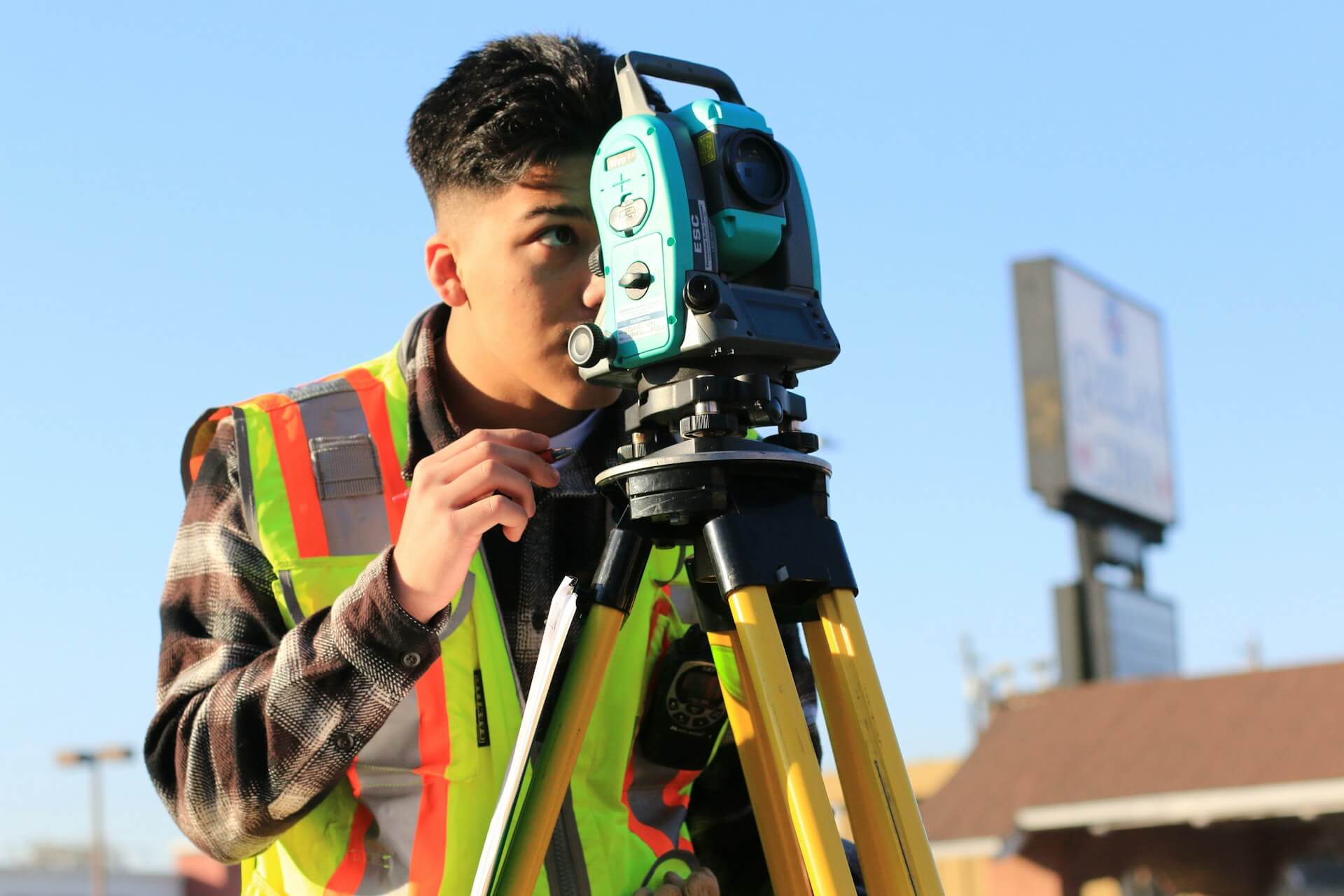What you need to know about the FAFSA ®
Understand this year's FAFSA updates, get key FAFSA dates, and estimate how much financial aid you might qualify for.

What is the FAFSA?
You’ve probably heard about the FAFSA (Free Application for Federal Student Aid)—but do you really know what it is?
Here’s the deal: The FAFSA is a form you fill out to see if you qualify for federal financial aid for college. And we’re not just talking about student loans. The FAFSA is also how you apply for grants and work-study. Filling out the form is the ONLY way to apply for certain types of financial aid, so it’s probably the single most important step you need to take when paying for school.
And one more thing. The FAFSA isn’t just for incoming college students. You need to submit the FAFSA for each year you plan to be in school. So that means all through college—and graduate school.
Understanding how the FAFSA works can help you feel prepared and make plans to submit the form as early as possible. Some financial aid is first-come, first-served. So, it can help to apply early. Plus, some states have their own deadlines you need to be aware of.
When does the FAFSA open?
The FAFSA submission period for the 2025-26 school year, originally slated to open on December 1, 2024, opened early and is now available for students to complete the application. Remember, that’s because you submit the FAFSA in advance of your next school year.
Usually the submission period starts in October for all students. However, for the 2024-2025 application cycle, the federal government made some changes to the FAFSA which pushed back the opening date and resulted in delays. The form and website are still going through changes and testing, so it has been delayed again for the 2025-26 school year. The FAFSA submission period closes June 30, 2025
Even though the 2025-2026 FAFSA opens in December, you can create your FSA ID now, if you don’t already have one from previous years. To create your FSA ID you’ll need to provide some info like your date of birth and Social Security Number.
What’s an FSA ID?
Your FSA ID is your account that you’ll use to fill out the FAFSA and sign your form and promissory note electronically. Students and parents each need to have their own FSA ID because you’ll each have your own specific portion of the FAFSA to fill out.
What’s new with the FAFSA?
In 2020, Congress passed the FAFSA Simplification Act, which is leading to some big changes with the FAFSA submission process. Aside from a much shorter application form (about 36 questions, down from over 100) here are some of the more significant changes:
The Expected Family Contribution has been replaced by the Student Aid Index
What used to be called the Expected Family Contribution (EFC) is being replaced with the Student Aid Index (SAI). Your SAI is a number that determines your eligibility for certain types of aid, and it’s calculated based on the information you provide in your FAFSA.
The way you share tax information has changed
Here’s a big time-saver. Now you’ll be able to have your tax information pulled directly from the Internal Revenue Service (IRS), rather than providing it all yourself. You’ll just need to give your consent allowing the Department of Education to access your federal tax information.
The number of family members in college is no longer a factor
The FAFSA will now not consider the number of students a family has in college when determining eligibility for federal financial aid. However, schools may be able to adjust other things related to cost of attendance (COA) or SAI that take into account the extra expense of having multiple students in college.
Farms and small businesses are included in net worth
Previously, the net worth of a business and/or farm was only needed for a business of more than 100 employees. Now families will be required to provide the net worth for all businesses.
How to submit the FAFSA
Sure, submitting your FAFSA requires a little planning. But it doesn’t have to be overwhelming. Here’s how to get ready and file your FAFSA.
1. Open a StudentAid.gov Account and Create Your FSA ID
Students, parents, and other contributors, such as spouses, need their own StudentAid.gov account and FSA ID to fill out the FAFSA, sign it electronically, and accept any federal financial aid you might be offered. You can create your FSA ID now—you don’t need to wait until the FAFSA opens in December 2024.
2. Get your documents ready
The FAFSA requires a lot of information from you, especially when it’s your first time filling it out. Here’s what needed:
- The student’s Social Security number
- The parents’ Social Security numbers if the student is a dependent student
- Parents’ and student’s driver’s license numbers (for whoever has one)
- Student’s Alien Registration number if they’re not a U.S. citizen
- Records of the family’s untaxed income (like child support, interest income, and veterans noneducation benefits, for students, and parents of dependent students)
- Net worth information, like balances from savings and checking accounts, investments (including stocks, bonds and real estate), and business assets for the family of dependent students
Now that you have the option to have your tax info pulled directly from the IRS, it’s up to you if you want to have your family’s tax return and W2-information handy.
3. Fill out the form at FAFSA.gov
You’ll be able to submit your FAFSA starting in December 2024. FAFSA.gov is the only place to submit your FAFSA. It’s free to complete the application. Don’t fall for any scams that ask you to pay.
Where can I get up-to-date FAFSA information?
We’re answering all your questions about FAFSA. And you can always can get the latest FAFSA updates right from the source: the federal government.
FAFSA® is a registered trademark of the U.S. Department of Education.













